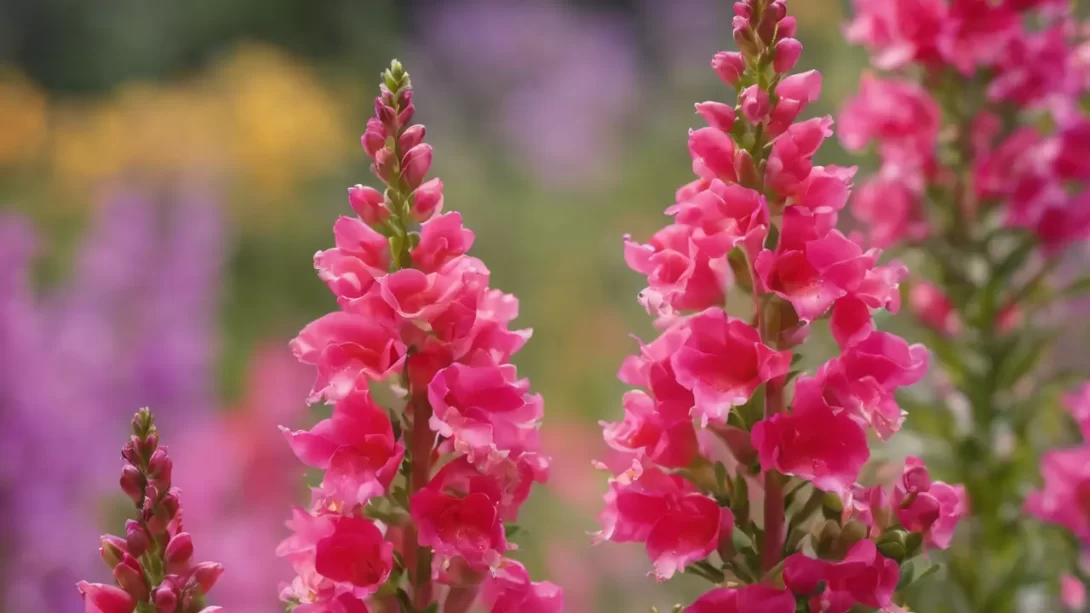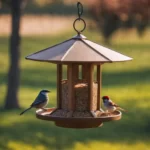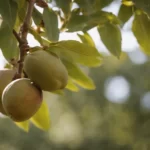Snapdragons, known for their vibrant colors and unique dragon-shaped flowers, are a favorite in gardens and floral arrangements. Belonging to the genus Antirrhinum, these charming flowers add a touch of whimsy to any setting. However, with the growing concern over plant safety, particularly in households with pets and children, understanding the toxicity of popular garden plants like snapdragons is essential. This article aims to shed light on the toxicity profile of snapdragons, providing peace of mind to gardeners and homeowners.
Snapdragons: A Botanical Perspective
Snapdragons, or Antirrhinum majus, are herbaceous perennials, often grown as annuals in cooler climates. They are characterized by their tall spikes of brightly colored flowers, which can be squeezed to mimic the opening and closing of a dragon’s mouth. Historically, snapdragons have been grown in European gardens since the 15th century and are admired for their rich symbolism and folklore. In terms of cultivation, they thrive in cooler climates and are known for their ease of care, making them a popular choice for both novice and experienced gardeners.
Toxicity Profile of Snapdragons
When it comes to toxicity, snapdragons are generally considered non-toxic. They are safe for humans and animals, including dogs, cats, and horses. This makes them an ideal choice for gardens and homes where pets and children play. Unlike some other common garden plants, snapdragons do not contain any known toxic compounds that could pose a risk if ingested. However, it’s always advisable to discourage pets and children from eating any plant material, as individual reactions can vary, and non-toxic plants can still cause mild stomach upset if ingested in large quantities.
Safety Considerations for Households with Snapdragons
While snapdragons are not poisonous, it’s prudent to practice safe gardening, especially in households with curious pets and young children. Although snapdragons are safe when touched or ingested in small amounts, they can still cause mild stomach upset if eaten in large quantities. Therefore, teaching children not to eat plants and monitoring pets in the garden is advisable. Additionally, some individuals may experience allergic reactions or skin irritation from handling plants, including snapdragons, due to personal sensitivities. Wearing gardening gloves can be a simple and effective measure to prevent skin irritation for those with sensitive skin.
Snapdragons in Your Garden: Best Practices
Snapdragons are versatile and can be used to add color and height to garden beds, borders, and containers. When planting snapdragons, consider companion planting with other non-toxic plants to create a safe and attractive garden space. Regular maintenance, including deadheading and trimming, can encourage healthier growth and reduce the risk of any plant material becoming a hazard in the garden. It’s also important to ensure that snapdragons, like all plants, are grown in an environment free from harmful pesticides or chemicals, which can pose a greater risk to children and pets than the plants themselves. By following these best practices, gardeners can enjoy the beauty of snapdragons while maintaining a safe environment for everyone in the household.
When to Be Cautious: Potential Risks of Snapdragons
Although snapdragons are largely safe, there are scenarios where caution is warranted. If you have individuals in your household with plant allergies or sensitivities, it’s important to monitor for any adverse reactions. While rare, contact dermatitis can occur in some cases due to handling certain plants. Additionally, in very rare instances, ingestion of large amounts of plant material could lead to gastrointestinal discomfort, even with non-toxic plants like snapdragons. This is particularly relevant for small children and pets who might be more inclined to chew on plants.
Integrating Snapdragons with Other Plants
Creating a diverse garden that includes snapdragons can be both aesthetically pleasing and safe. When planning your garden, consider pairing snapdragons with other non-toxic plants like marigolds, petunias, or pansies. This not only ensures safety but also contributes to a vibrant and varied garden landscape. Additionally, be mindful of the placement of snapdragons in relation to other plants that may have different care requirements or toxicity levels, to ensure a harmonious and safe garden ecosystem.
Conclusion
In summary, snapdragons are a delightful addition to any garden, bringing color, height, and a touch of whimsy without the concern of toxicity for pets and children. Their ease of care and non-toxic nature make them a worry-free choice for gardeners. As with any plant, responsible gardening practices, such as supervising pets and children and being aware of individual allergies, are recommended. By incorporating snapdragons and other non-toxic plants, gardeners can create beautiful, diverse, and safe environments that can be enjoyed by all members of the household. Remember, the key to a successful and safe garden lies in knowledge, planning, and mindful gardening practices.



